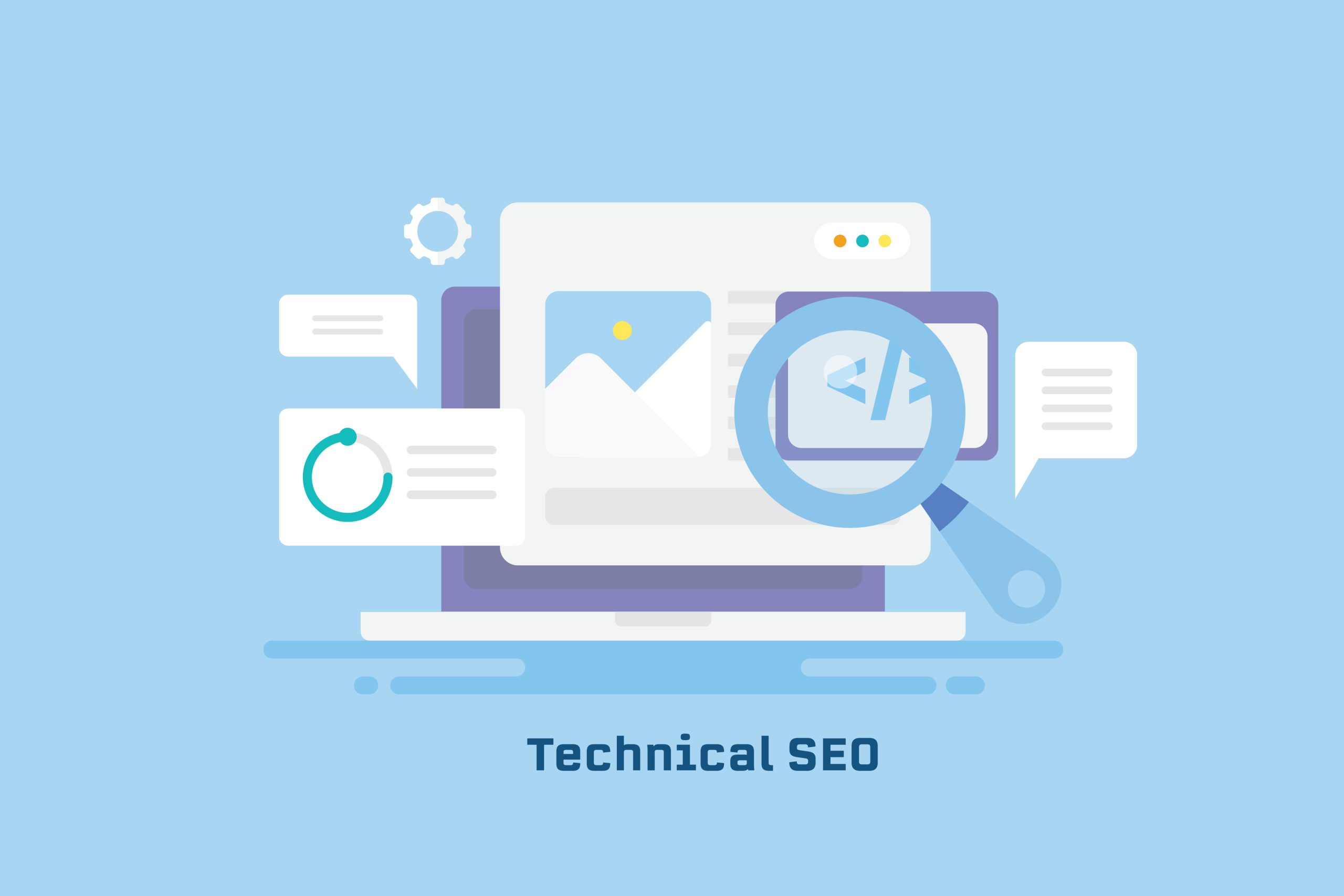As a marketing director, you know that your website is the most important online asset today. You invest thousands of dollars in creating well-designed, engaging content that resonates with your target audience and invites them to convert. But have you ever considered whether your website is properly optimized for search engines? Technical SEO is an often overlooked aspect of search engine optimization that plays a crucial role in boosting your website’s performance. In this blog post, we’ll explore what technical SEO is, why it’s important, and how you can improve your website’s technical SEO.
What is Technical SEO?
Technical SEO is a subset of search engine optimization that focuses on optimizing your website’s technical infrastructure, such as its code, server, and website architecture to increase its visibility and relevance to search engines. It involves identifying and fixing technical issues that may prevent search engines from crawling, indexing, and ranking your site. Technical SEO is essential for ensuring that your website is structured in a way that makes it easy for search engines to understand what your content is about and how it relates to the keywords and phrases your target audience is searching for.
Why is Technical SEO Important?
Technical SEO is important because search engines use complex algorithms to determine how relevant and valuable a website is to a particular search query. If your website is not optimized for technical SEO, it may not be visible or accessible to search engines, which means that potential customers may not find your website, no matter how engaging your content is. Moreover, technical SEO can improve your website’s speed, security, and scalability, which can enhance your user experience and boost your search engine rankings.
How to Improve Your Technical SEO
Improving your website’s technical SEO can be daunting, especially if you’re not a developer or a technical expert. However, there are some basic steps that you can take to optimize your website’s technical infrastructure. Some of the most common technical SEO best practices include:
- Make sure your website is mobile-friendly and responsive
- Use HTTPS encryption to ensure a secure connection
- Optimize your website’s title tags, meta descriptions, and header tags with relevant keywords
- Use structured data to help search engines understand the content on your website
- Remove duplicate content and broken links
- Speed up your website’s loading time by compressing large images, using a content delivery network (CDN), and minimizing HTTP requests.
Technical SEO and User Experience
At its core, technical SEO is about improving your website’s user experience, which can reduce bounce rates and increase engagement. When your website is optimized for technical SEO, it loads faster, is more secure, and has a better structure that makes it easier for search engines and users to navigate. The more you invest in technical SEO, the more likely it is that your website will rank highly in search engine results pages (SERPs), which can result in more traffic, conversions, and revenue.
Technical SEO is not a one-time task, but rather an ongoing process that requires constant attention and optimization. By investing in technical SEO, you can boost your website’s performance, improve your user experience, and drive more traffic and revenue. So, take some time to assess your website’s technical infrastructure and identify areas that need improvement. Your marketing efforts will pay off in the long run.

